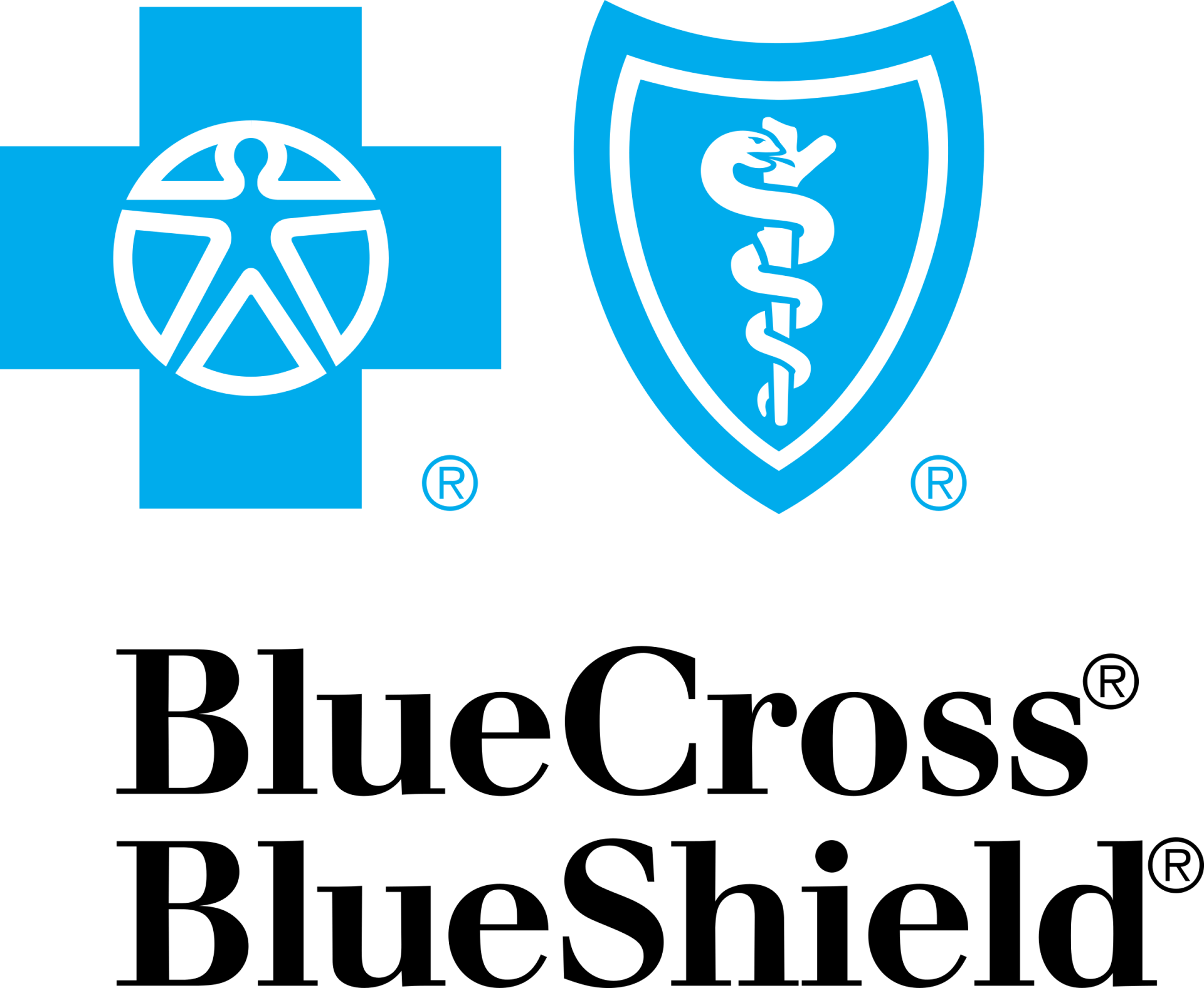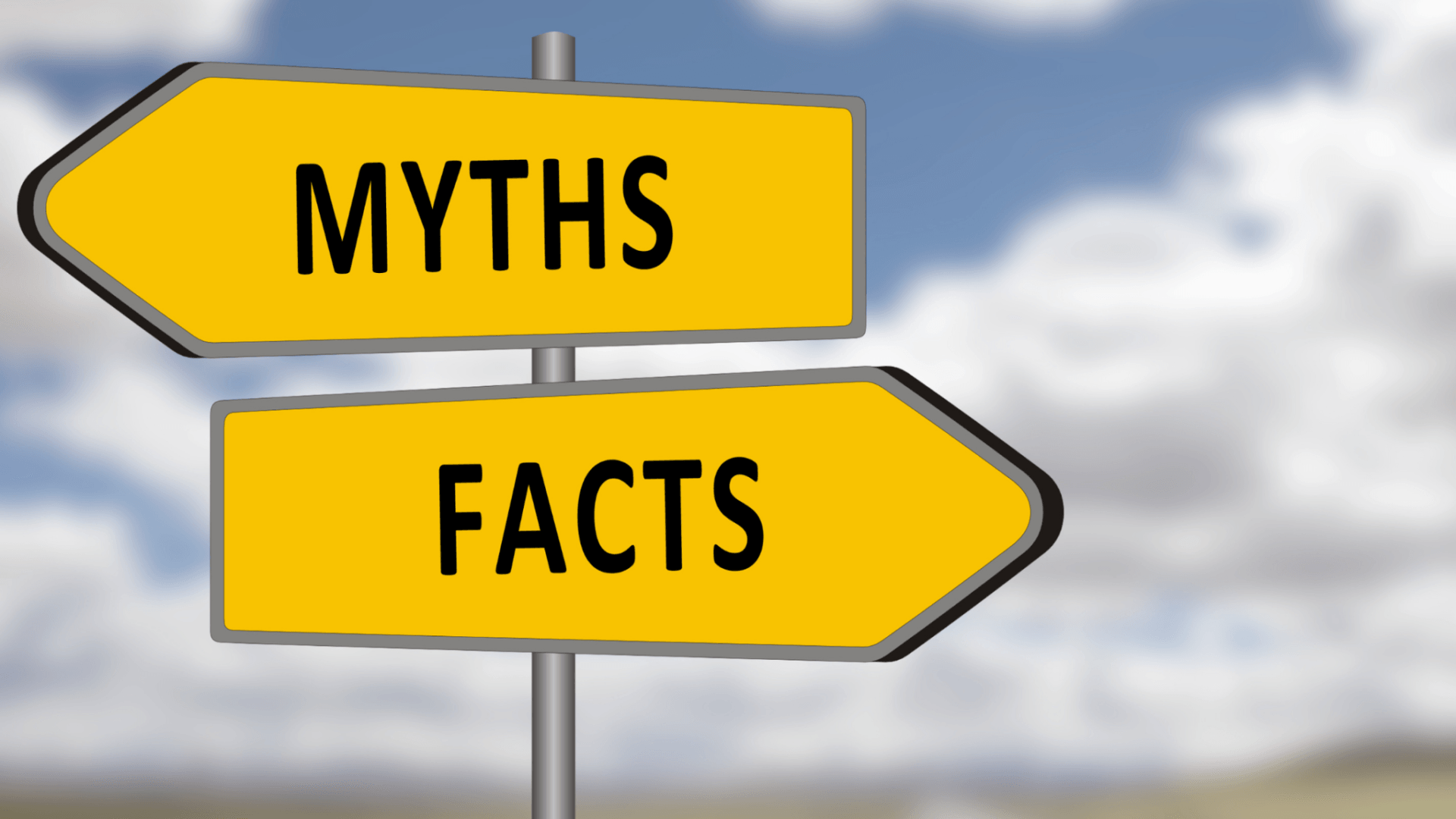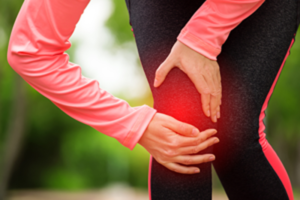Exercise Series: Deadlifts
Deadlifts
Deadlifts have long been a staple in strength training. It is a very complex movement that requires movement throughout multiple joints and using multiple muscles. If you’re looking for an exercise that gives you the most bang for your buck to shorten your leg days, look no further.
Deadlifts can simulate multiple movements and everyday activities like lifting a heavy box from the ground, picking up your kids or grandkids, or even leaning over the sink to do the dishes to a lesser extent. You can see how training with this movement can help to give you functional strength for many things you do in a day. Because the movement is so complex and involves multiple joints, it can help to improve movement control throughout the entire body. Improved motor control will help muscles to turn on and off appropriately during motion or in anticipation for motion.
We use deadlifts in the clinic for many of our patients due to the high value if the movement. We often use this with our patients who have lower back, hip or knee issues. The muscles that this movement works span across these joints, so strengthening often helps to reduce overloading of painful structures and adds active stability back to the system. Below is an overview of some of the muscles this movements trains, benefits, as well as cues for proper form.
Targeted Muscles
- Prime movers
- Glutes: Extends the hip which is important for waking, standing, stairs, and pretty much everything else you do with your legs
- Hamstrings: Helps to extend the hip and flex the knee. Important in movements like running and walking uphill
- Erector spinae: helps to extend and support your back when sitting, bending, and maintaining an upright position
- Secondary muscles
- Upper traps: Helps to support the shoulder girdle and extend and rotate the neck
- Rhomboids: postural muscles to help support your shoulder blades and bring your shoulder back
- Biceps and brachialis: to a lesser extent. Biceps turns palms up and assist with elbow and shoulder flexion. Brachialis flexes the elbow.
- Various forearm muscles: Important for grip
Benefits of the Deadlift
- Improve strength of all the muscles listed above
- Improve hamstring flexibility and length.
- That’s right! Get rid of your static stretching routine for your hamstrings and add these to your workout to stretch out those stubborn hamstrings.
- Improve postural strength which may help to reduce pain with standing and sitting for long periods
Variations and Form for Deadlifting
Standard deadlift
- Start with your feet flat and placed hip/shoulder width apart- whatever feels comfortable.
- Squat down to with your hips lower than your shoulders and grasp the bar (you can use either a pronated or double overhand grip, or a mixed grip with one hand supinated and the other hand pronated).
- The bar should be about 1 inch in front of your shins.
- The back should be neutral or slightly arched, your shoulder blades down and back, chest up and high, heels on the floor, shoulders slightly in front of the bar and eyes straight ahead.
- To lift the bar extend your hips and knees keeping your torso upright, keep the elbows extended and the shoulders over the bar. Keep the bar as close to your body as possible. Extend until you are standing straight up.
- To lower the bar, keep the torso upright and the bar close to your body. Flex your hips and knees to lower the bar to the floor, keeping an upright posture the entire time.
Romanian Deadlift
- Start with your feet flat and placed hip/shoulder width apart- whatever feels comfortable.
- Place your hands a shoulder width apart with either a double overhand (pronated) or a mixed grip (one hand pronated, the other supinated).
- With you knees slightly bent, hinge forward to grasp the bar. Your torso will be parallel with the floor (or close to it, everyone is different).
- To lift the bar extend the hips, raising the torso up, until you are standing erect, keep the bar close to the body the entire time. Safety tip: don’t hyperextend the elbows or the back.
- To lower the bar flex the hips and push them backward, hinging at the hips to move the torso forward, keeping the bar in contact with the thighs.
- Keep your torso rigid and your spine neutral and keep the shoulders down and back until the barbell is level with your knees.
Single leg RDL
You see this less often with a barbell and much more commonly performed with a kettle bell or a dumbbell. This can be performed conventional style, stiff legged, or Romanian. We will review the conventional style and Romanian style. This can be performed with a kettle bell in one hand, or in each hand. If you perform this with a single kettlebell or dumbbell, then the leg that moves backward should be the SAME side holding the weight.
Sumo deadlift










